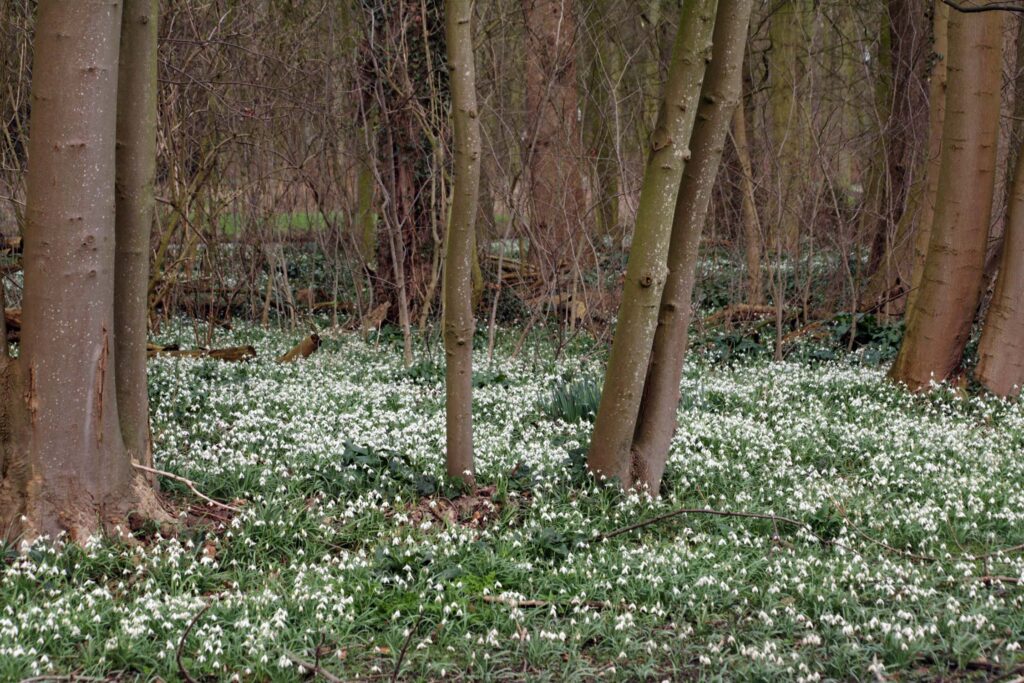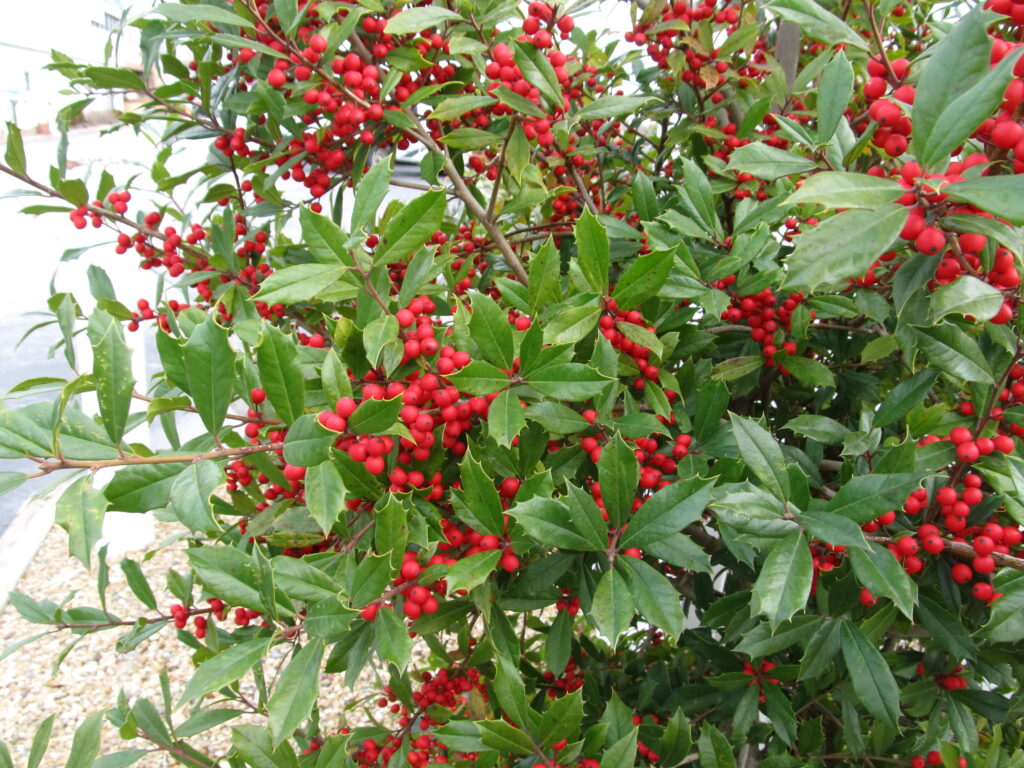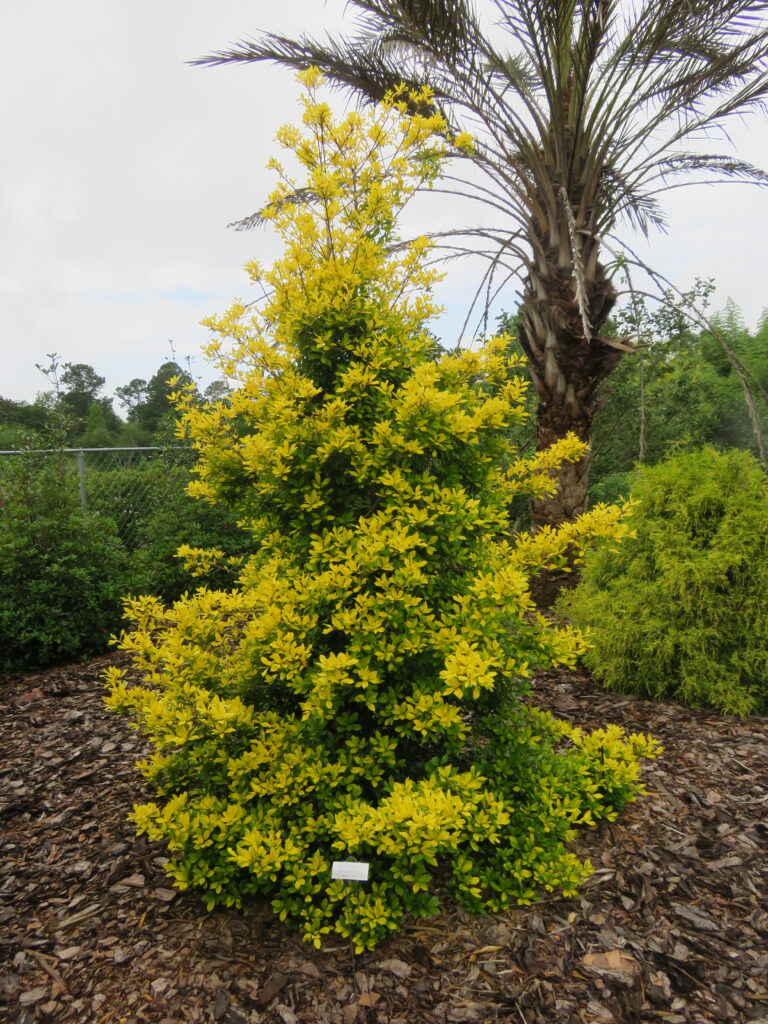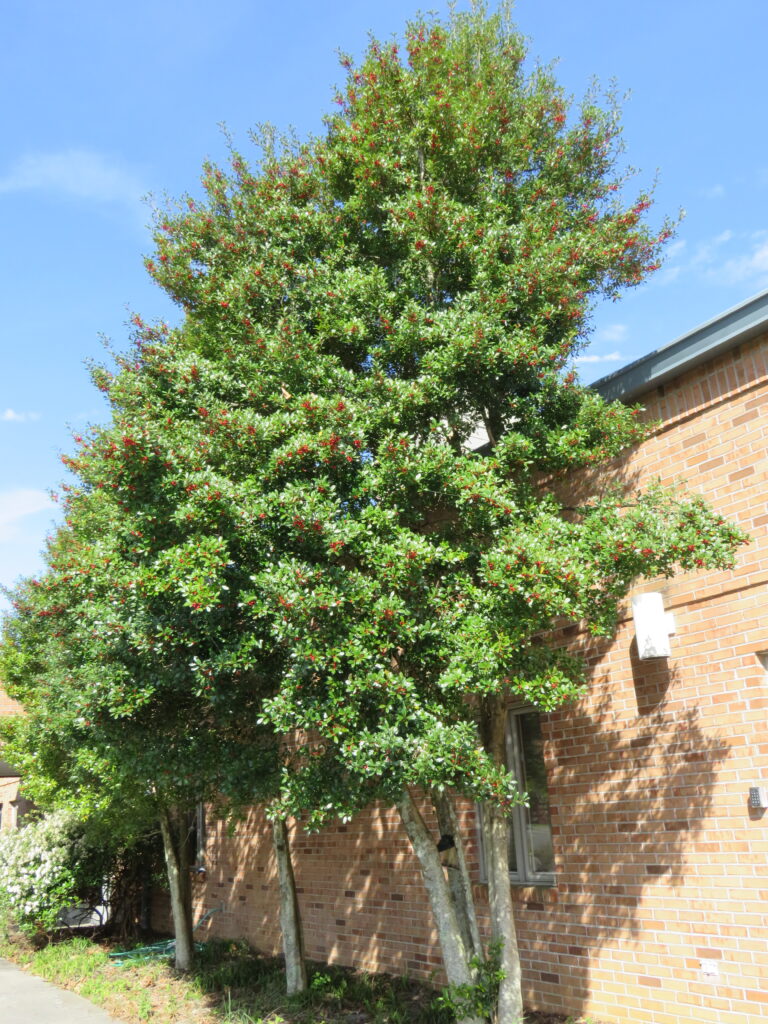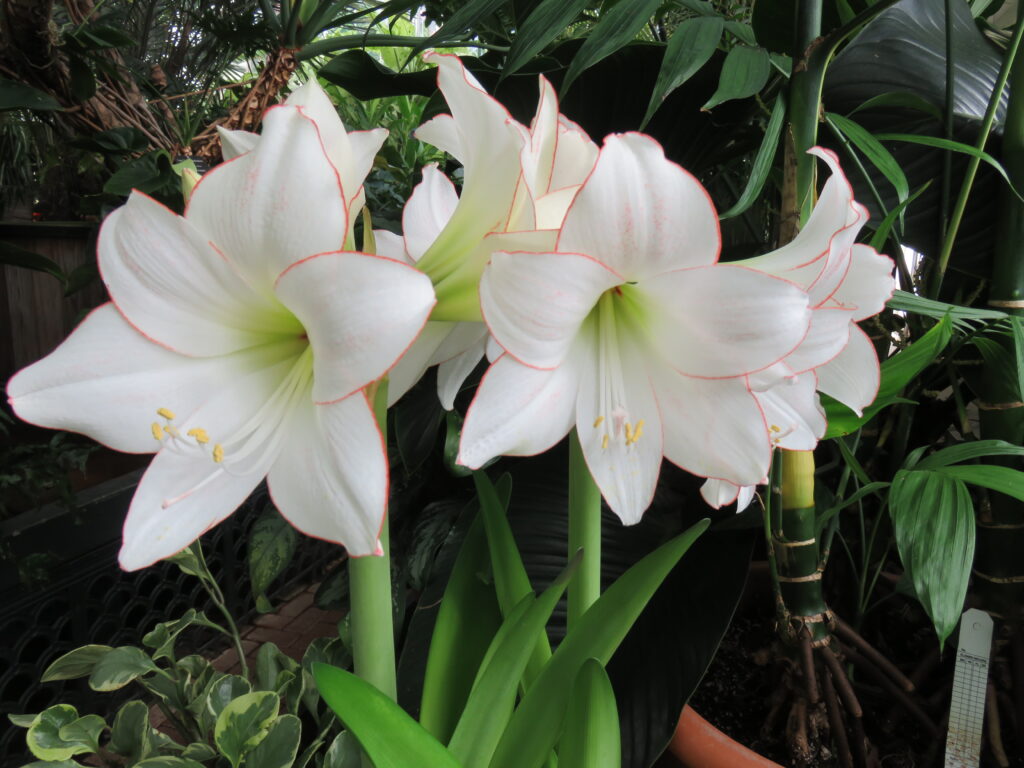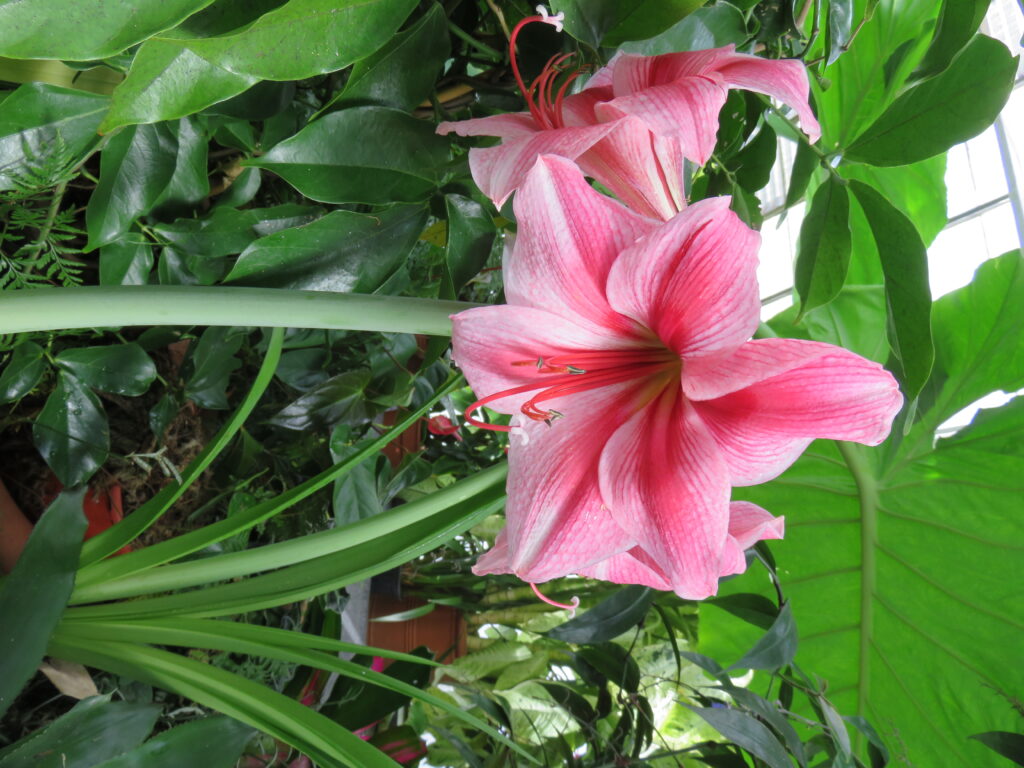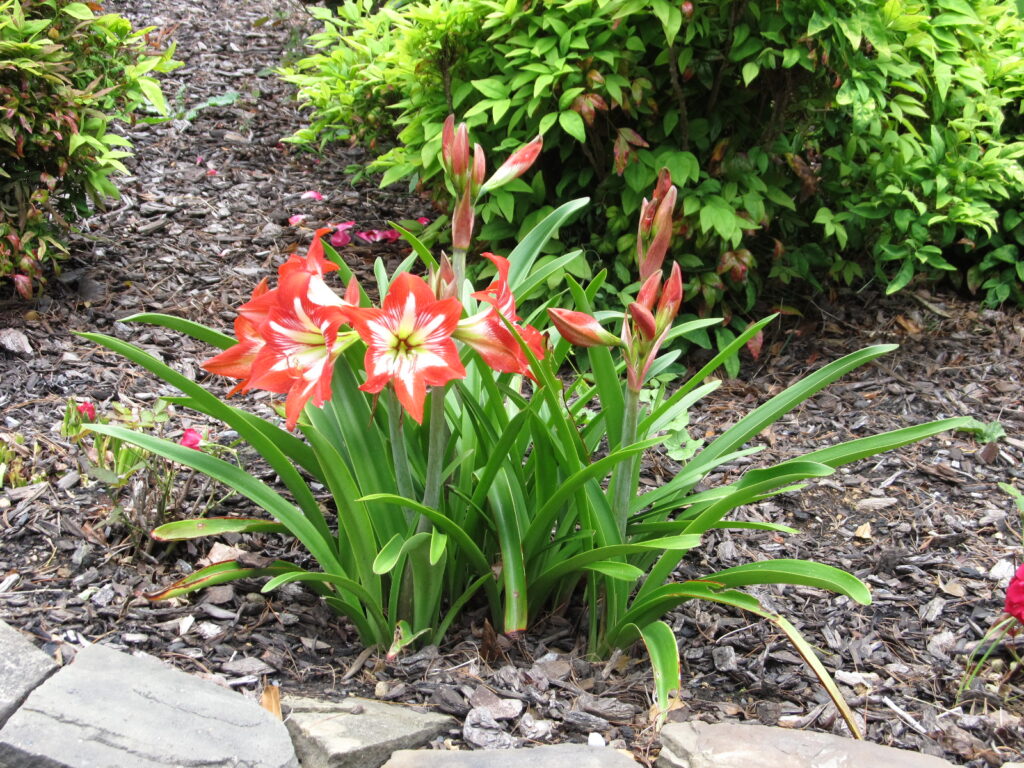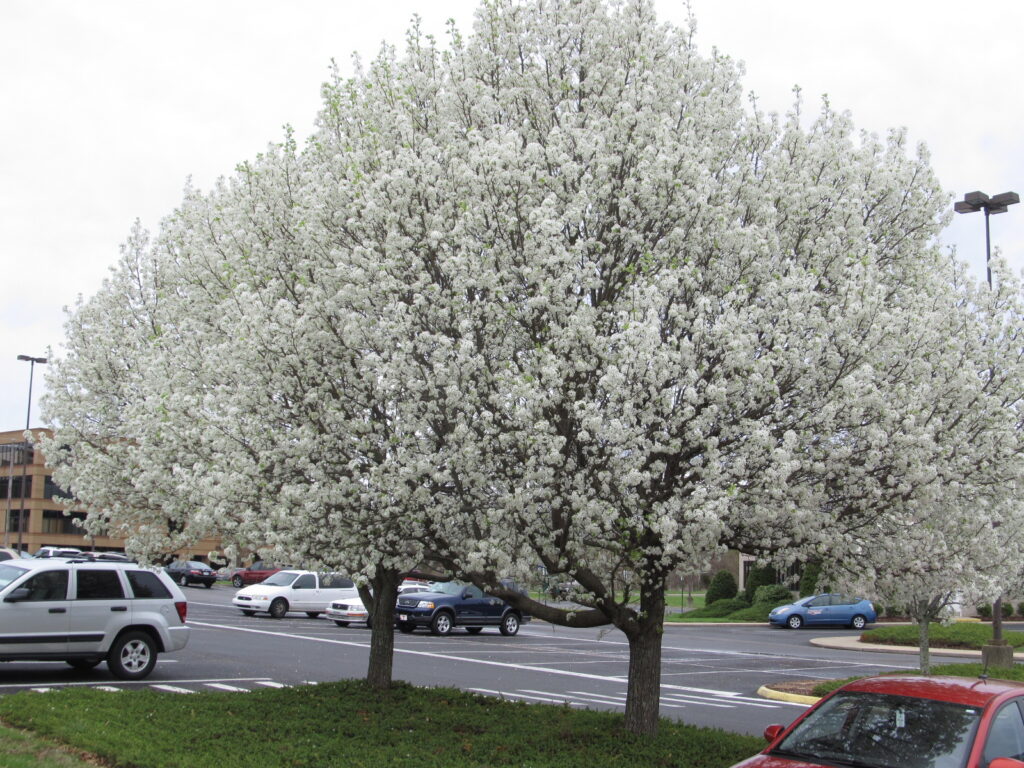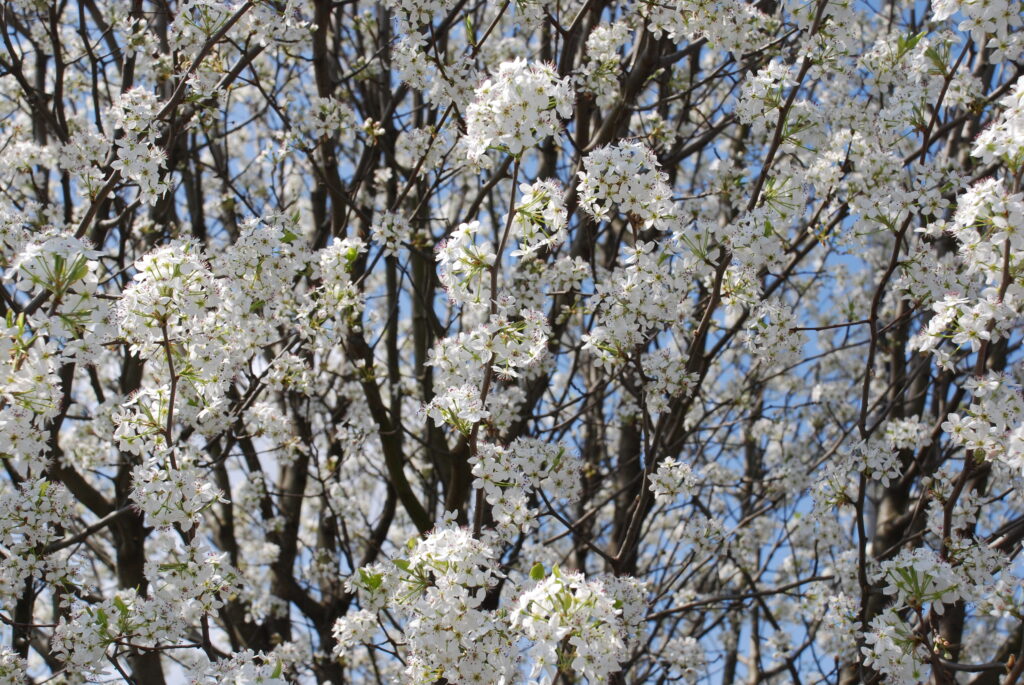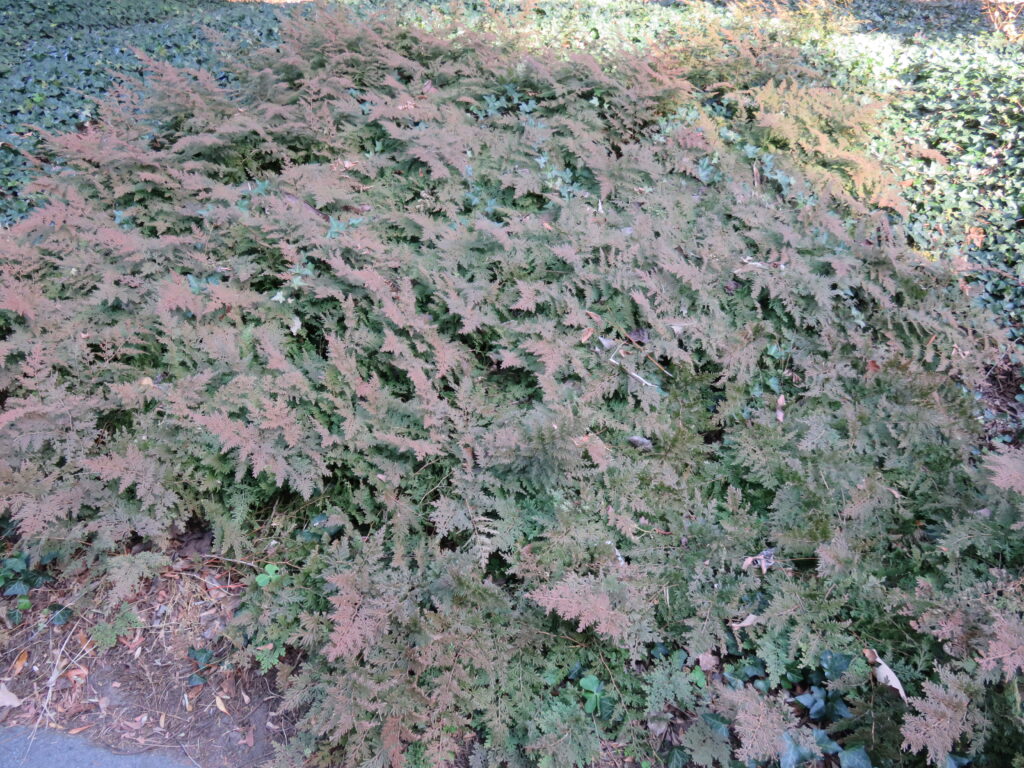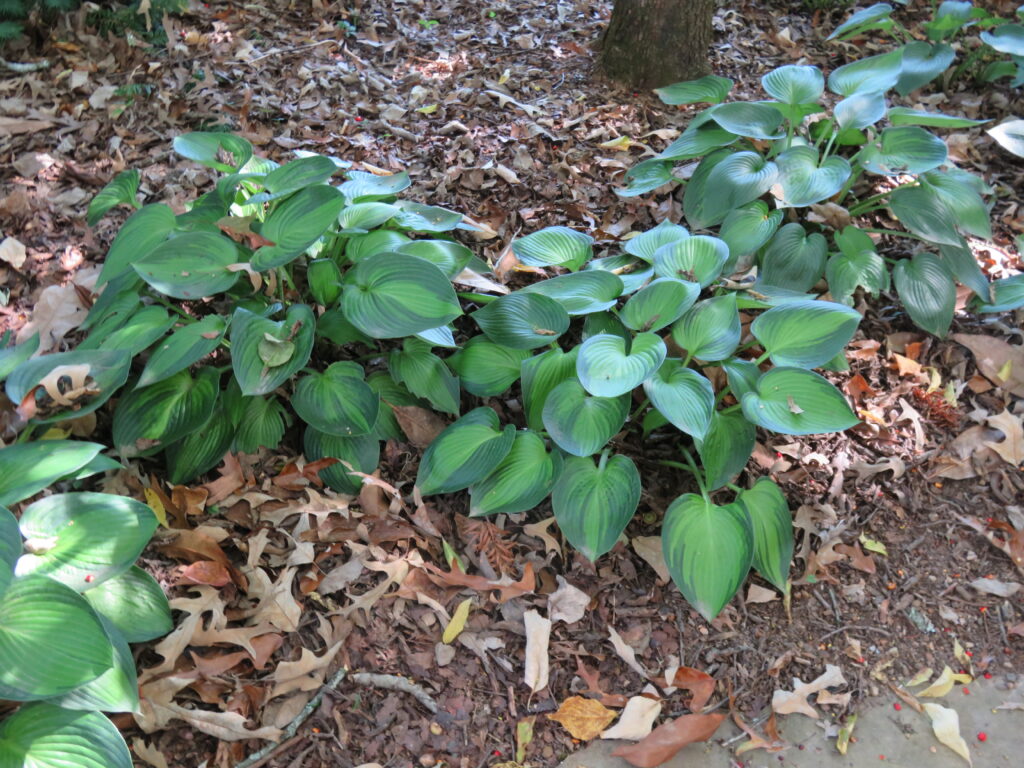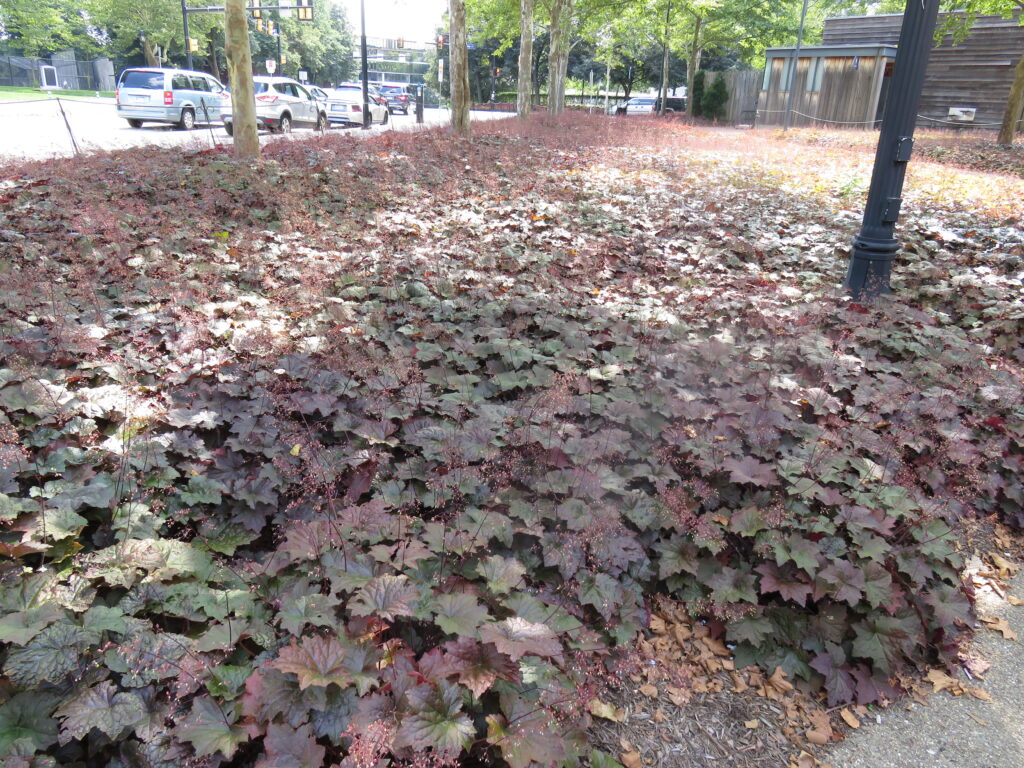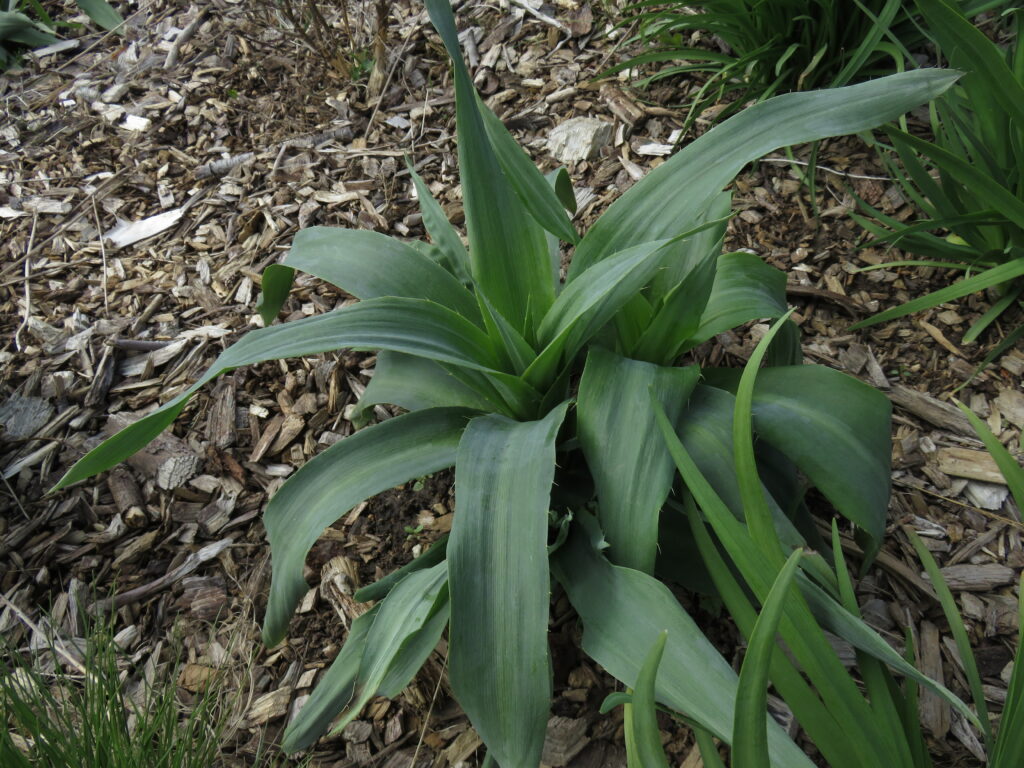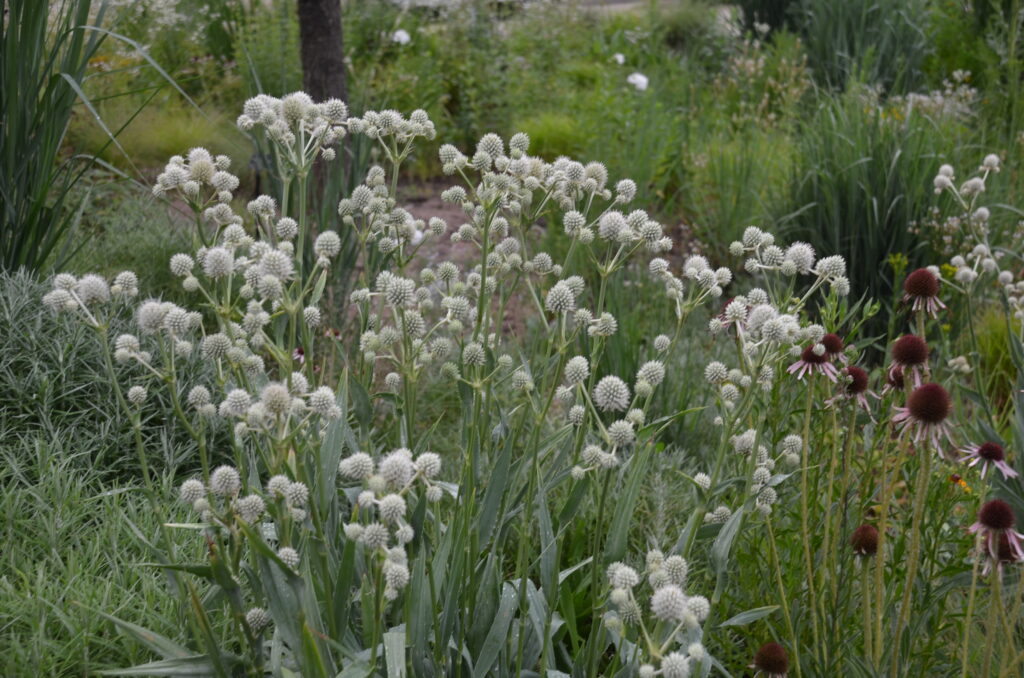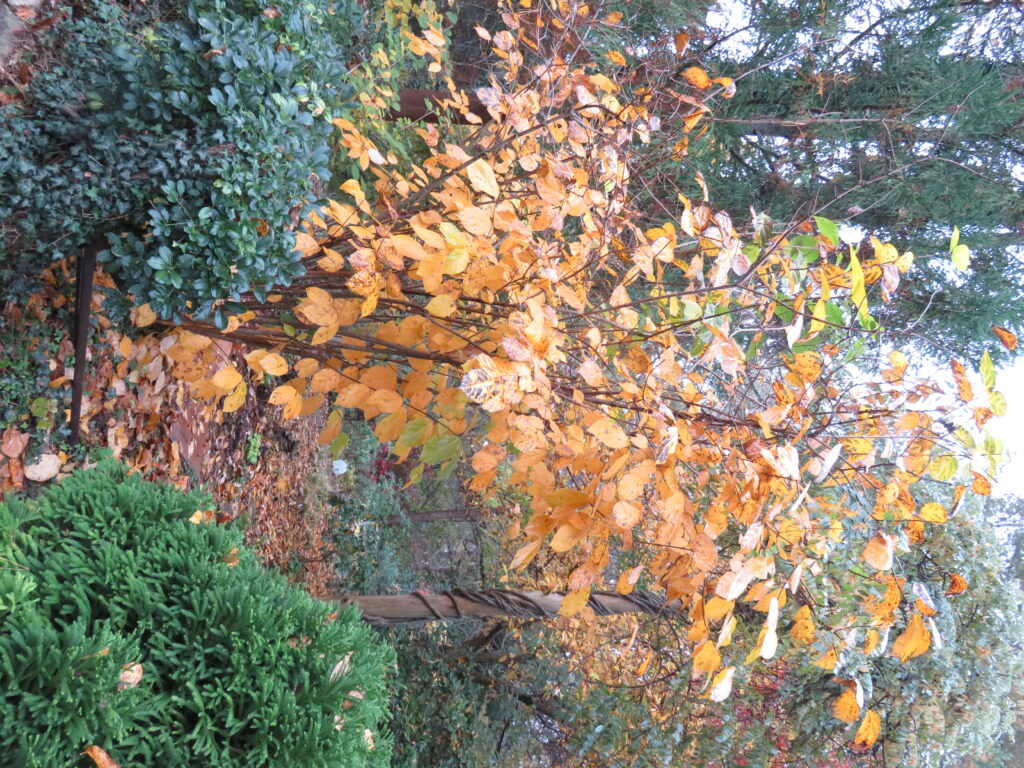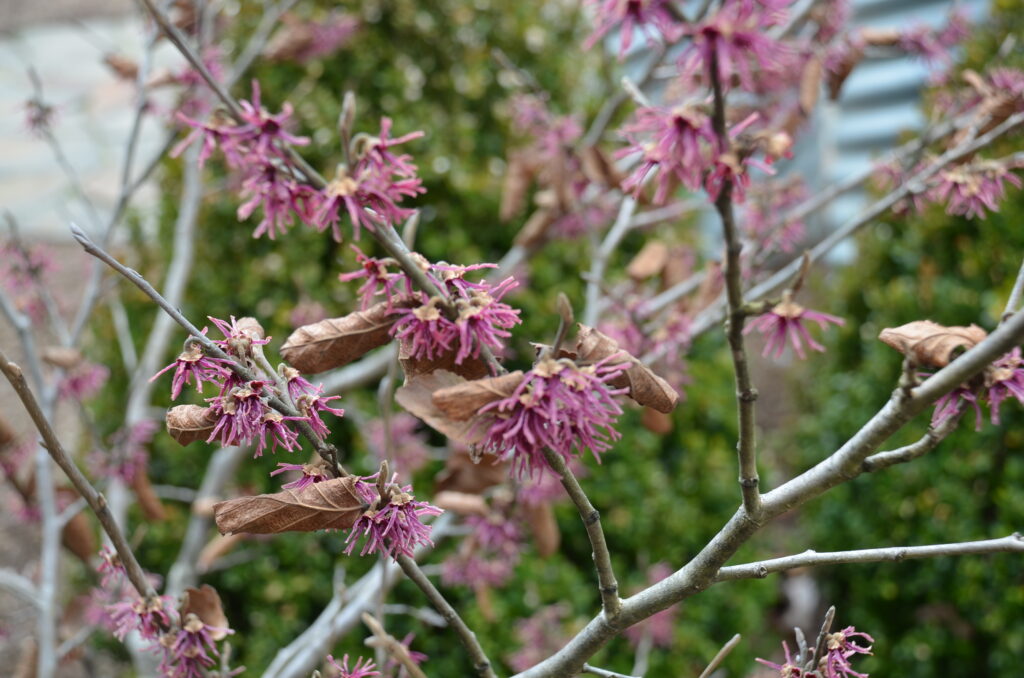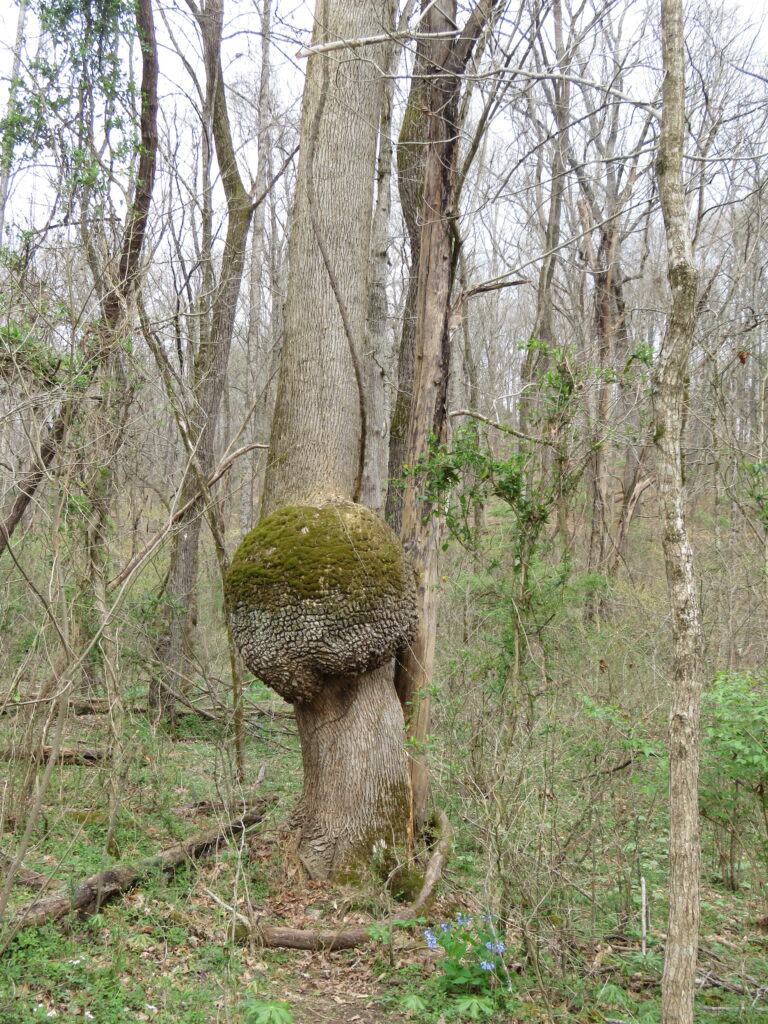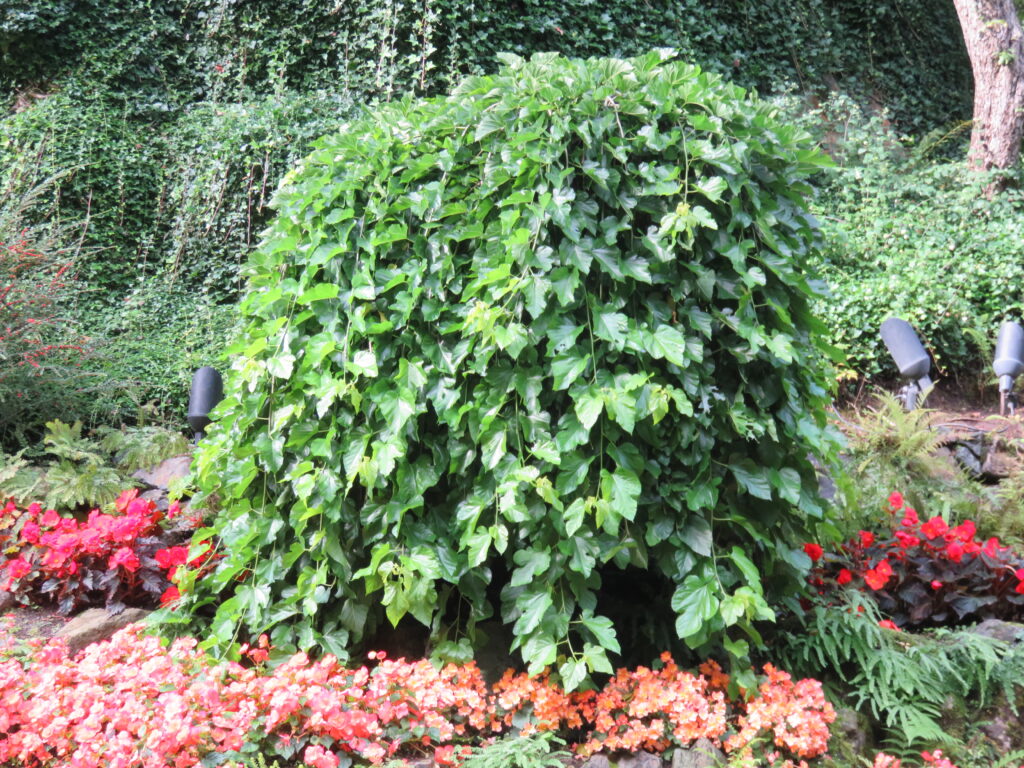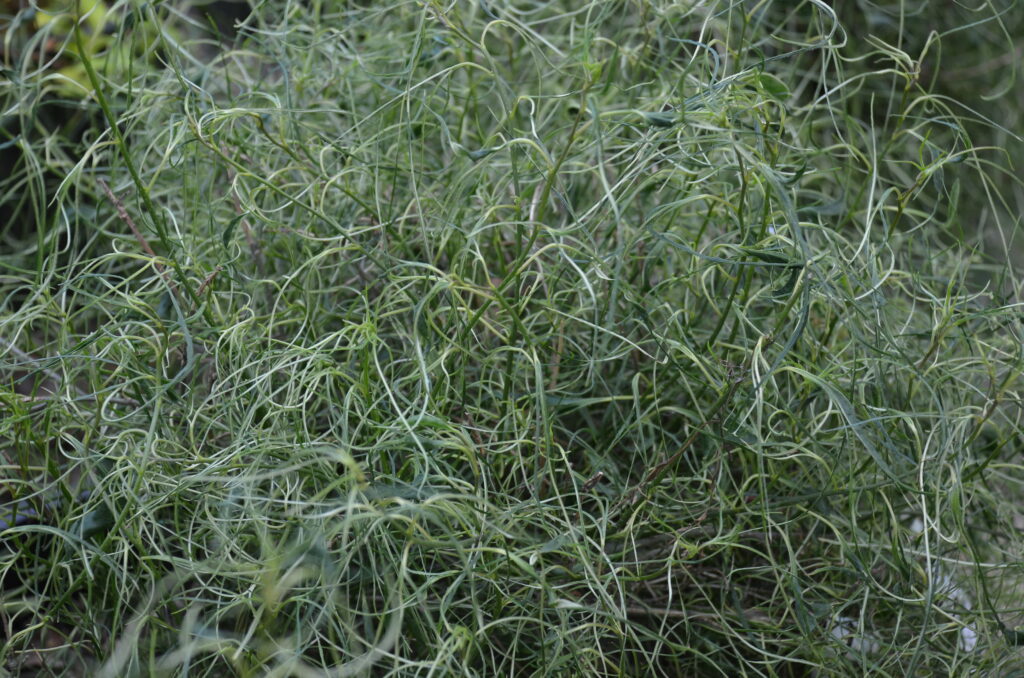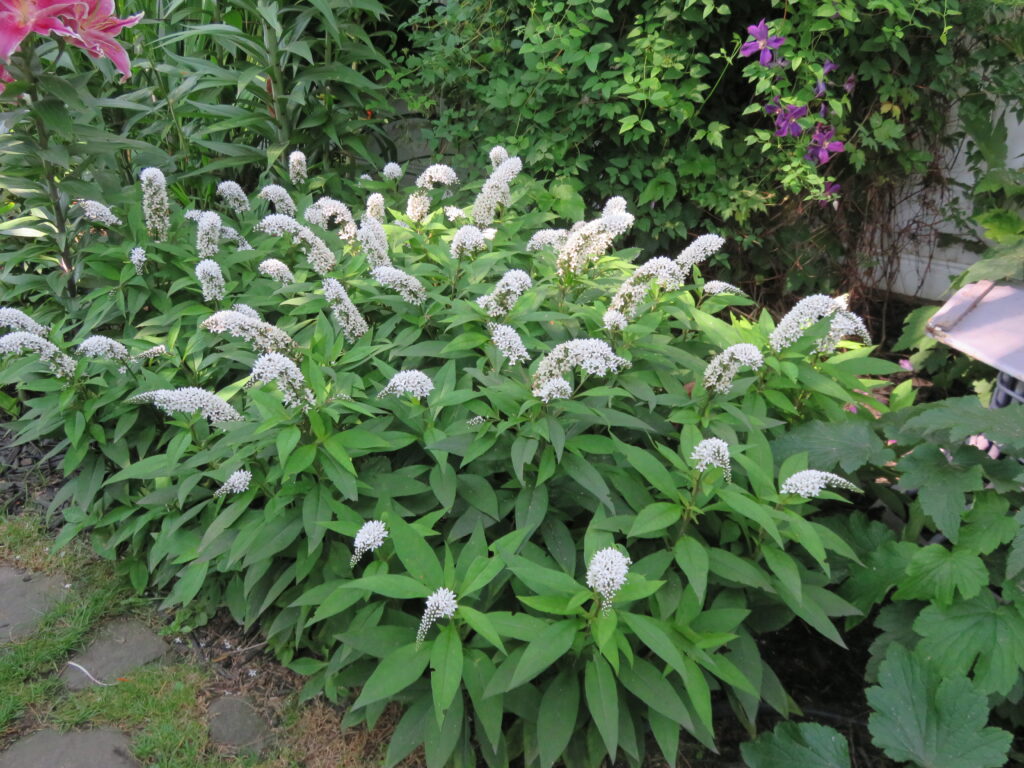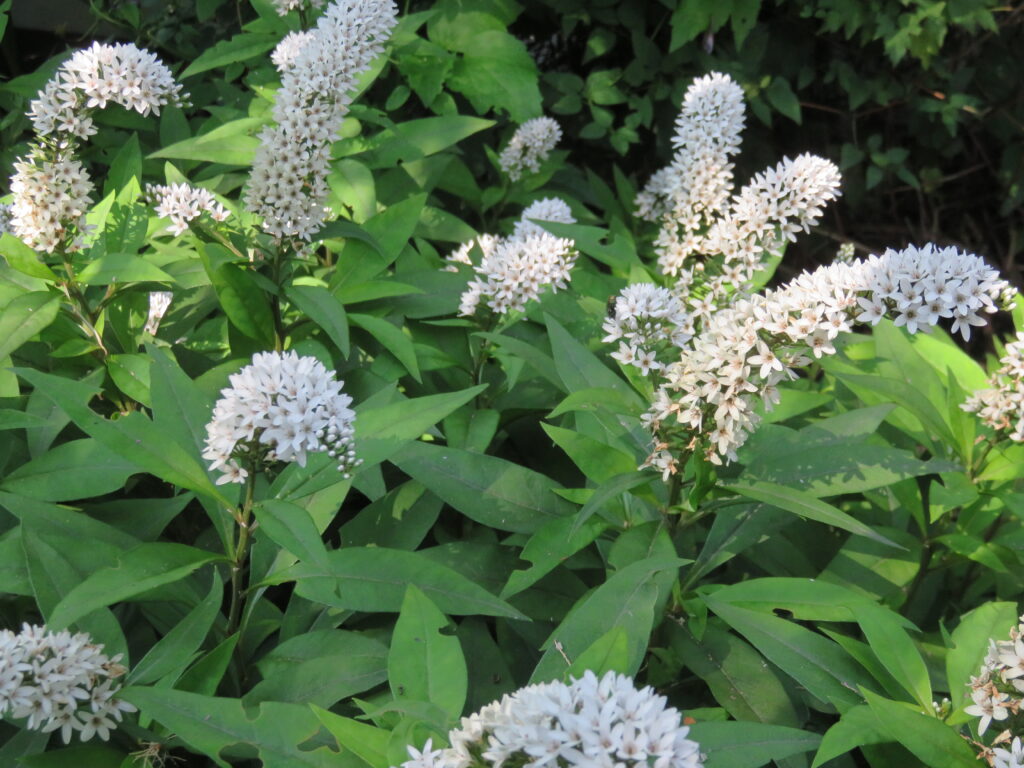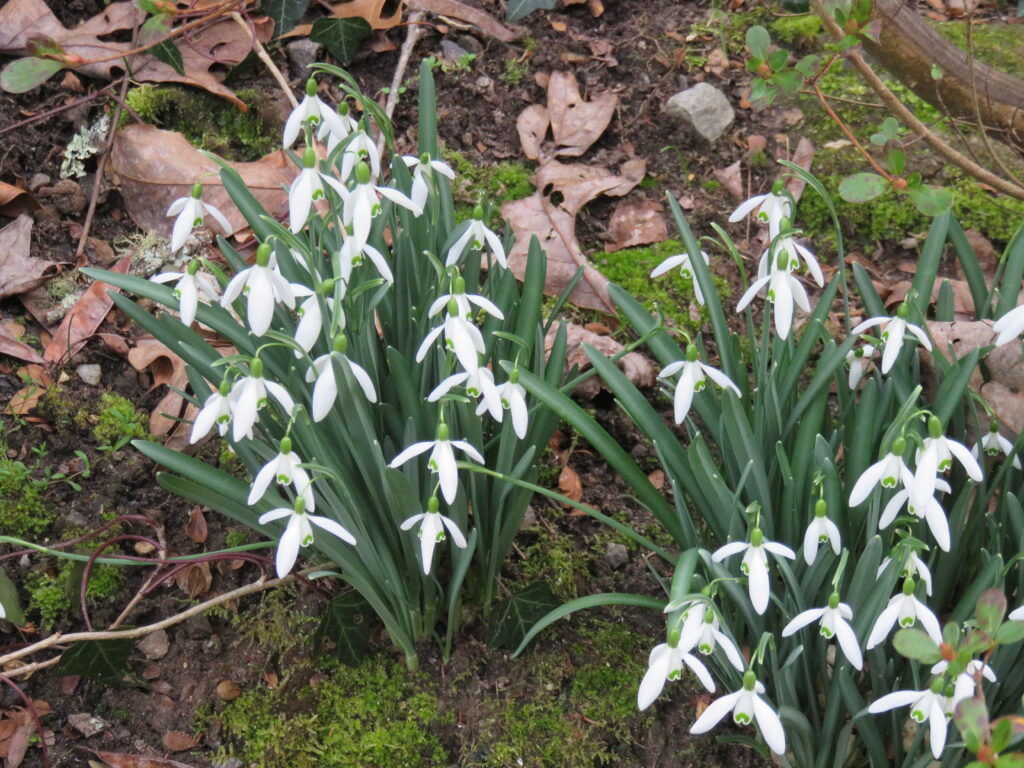
Snowdrops (Galanthus nivalis) are one of the first flowers to bloom in the spring. Depending on the region where you live, snowdrops appear in the early days of spring; often snow still blankets the ground. Snowdrops are tiny plants (3 – 6 inches tall) that produce multiple small showy, white, bell-shaped flowers, which hangs off the ends of green, leafless stalks. When the bloom opens, three outer petals arch out over three inner petals. The grayish-green leaves emerge first into 3-4 inches long strap-like blades.
Snowdrops pop up in mostly deciduous woodlands (maples, lindens, ornamental cherries, dogwoods, oaks, etc.). Winter light should average 6 or more hours of filtered sunlight. Plant snowdrop bulbs in a loose, humus-rich, well-drained soil. Snowdrops do not thrive in heavy clay.
The most common varieties planted in U.S. and Canadian gardens: Common snowdrops (Galanthus nivalis) grow 6-8 inches tall with many varieties including G. nivalis ‘Flore Pleno’, a double white flowering form (zones 3-7). Giant snowdrops (G. elwesii) grow 10 -12 inches tall and include varieties ‘Polar Bear’ and ‘Mount Everest’ (zones 3-8). If you are a snowdrop hobbyist, mark garden patches with a variety (cultivar) label.
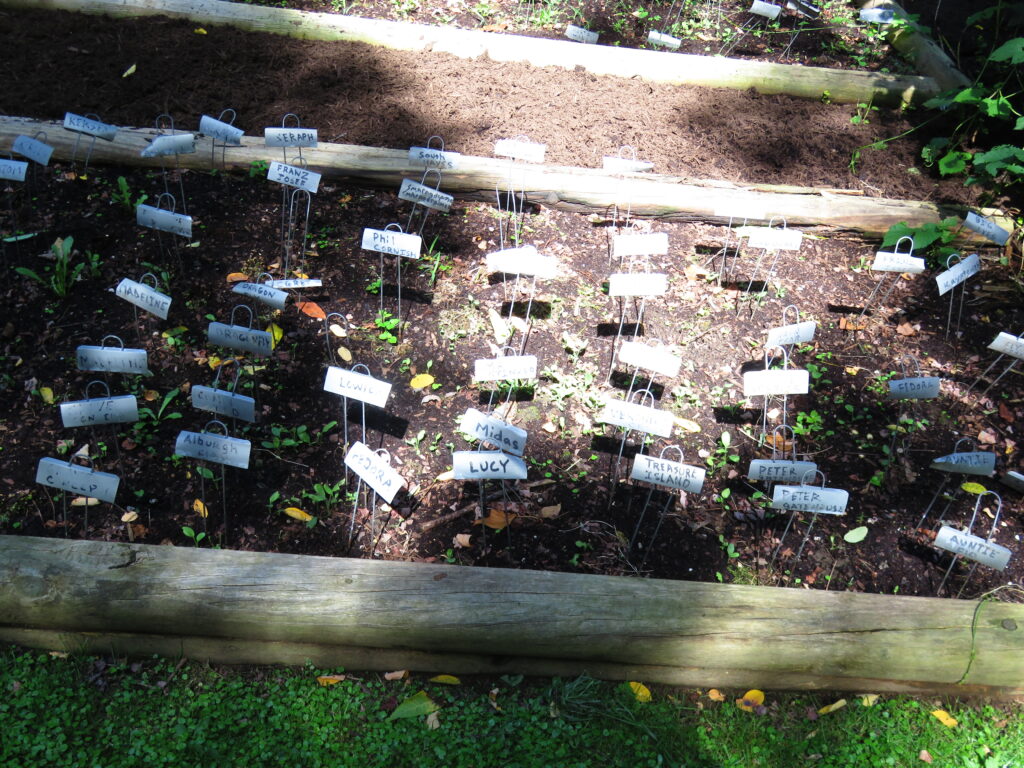
Plant snowdrop bulbs 3-inches deep in soil that you have thoroughly cultivated. Space bulbs 3-4- inches apart. The bulb tip should be set in hole facing up. In late fall add a thin 1–2-inch layer of compost to provide the nutritional needs for next year’s bloom. Spreading a bulb fertilizer may give snowdrops a slight growth boost after flowering. Snowdrops will often naturalize. Lift and divide crowded bulb clumps if you wish to increase the total numbers of snowdrops or trade with garden friends.
Glory-of-the-snow (Chionodoxa), Crocus (Crocus spp.), Winter aconite bulbs (Eranthis hyemalis), Virginia Bluebells (Mertensia), and Bloodroot (Sanguinaria) are excellent companion plants with snowdrops in a woodland or rock garden setting. Do not buy snowdrop bulbs too far ahead of planting time to avoid them from drying out.
Snowdrops are resistant to deer and rabbits and are poisonous to pets and humans. Wear gloves when handling bulbs or plants to avoid possible skin irritation.
